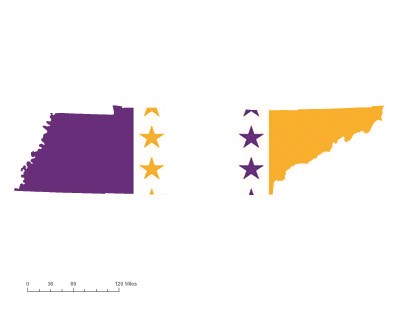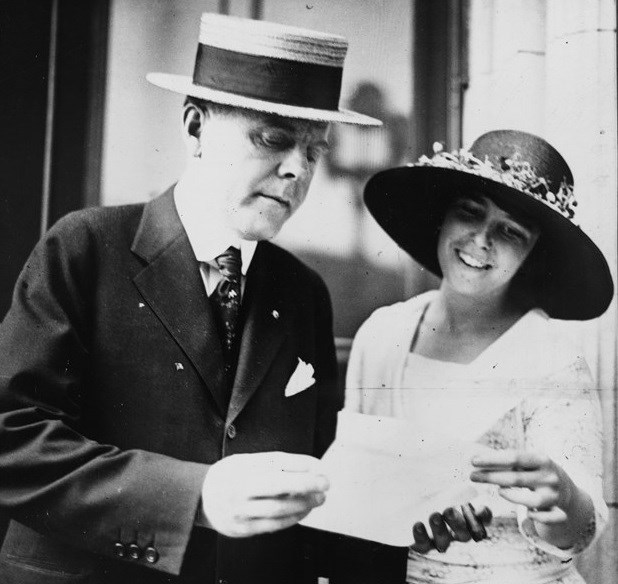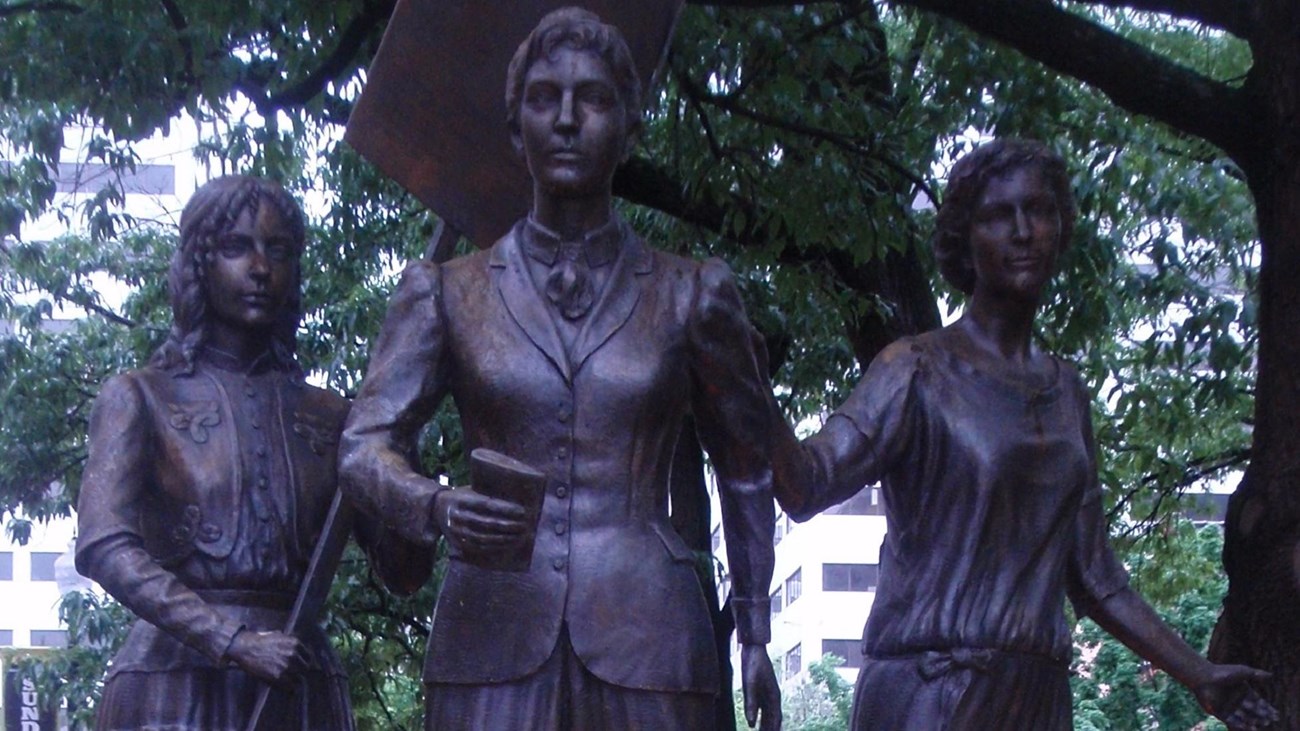Last updated: July 31, 2020
Article
Tennessee and the 19th Amendment

CC0
Women first organized and collectively fought for suffrage at the national level in July of 1848. Suffragists such as Elizabeth Cady Stanton and Lucretia Mott convened a meeting of over 300 people in Seneca Falls, New York. In the following decades, women marched, protested, lobbied, and even went to jail. By the 1870s, women pressured Congress to vote on an amendment that would recognize their suffrage rights. This amendment was sometimes known as the Susan B. Anthony amendment and became the 19th Amendment.
The amendment reads:
"The right of citizens of the United States to vote shall not be denied or abridged by the United States or by any state on account of sex."
After decades of arguments for and against women's suffrage, Congress finally passed the 19th Amendment in June 1919. After Congress approved the 19th Amendment, at least 36 states needed to vote in favor of the amendment for it to become law. This process is called ratification.

When members of the Tennessee state legislature debated on whether or not to ratify the amendment. The state senate voted to ratify, but in the state house of representatives, the vote resulted in a tie. A young man named Harry Burn cast the tie-breaking vote. Acting on advice from his mother Phoebe, Burn voted to ratify the amendment.
On August 18, 1920, Tennessee became the 36th state to ratify the amendment.
With Tennessee’s ratification, the 19th Amendment became law, ensuring that the right to vote could not be denied based on sex.

Library of Congress, Records of the National Woman's Party Collection. https://www.loc.gov/item/mnwp000257/
Tennessee Places of Women's Suffrage: Women's Suffrage Statue in Market Square
On August 18, 1920, Tennessee became the 36th state to ratify the 19th Amendment, making women's suffrage legal in the United States. There is a Woman Suffrage Memorial in downtown Knoxville in Market Square to honor state suffragists. The square is listed on the National Register of Historic Places. The memorial is dedicated to local white suffragists: Elizabeth Avery Meriwether (Memphis), Lizzie Crozier French (Knoxville), and Anne Dallas Dudley (Nashville). African American women also played a crucial role in the struggle for suffrage in Tennessee. Juno Frankie Pierce, for example, established voter education organizations. Pierce and others also helped register other African Americans in their communities. These women recognized that voter turnout was an important aspect of suffrage.

The statue in Market Square is an important place in the story of ratification. The square is listed on the National Register.
